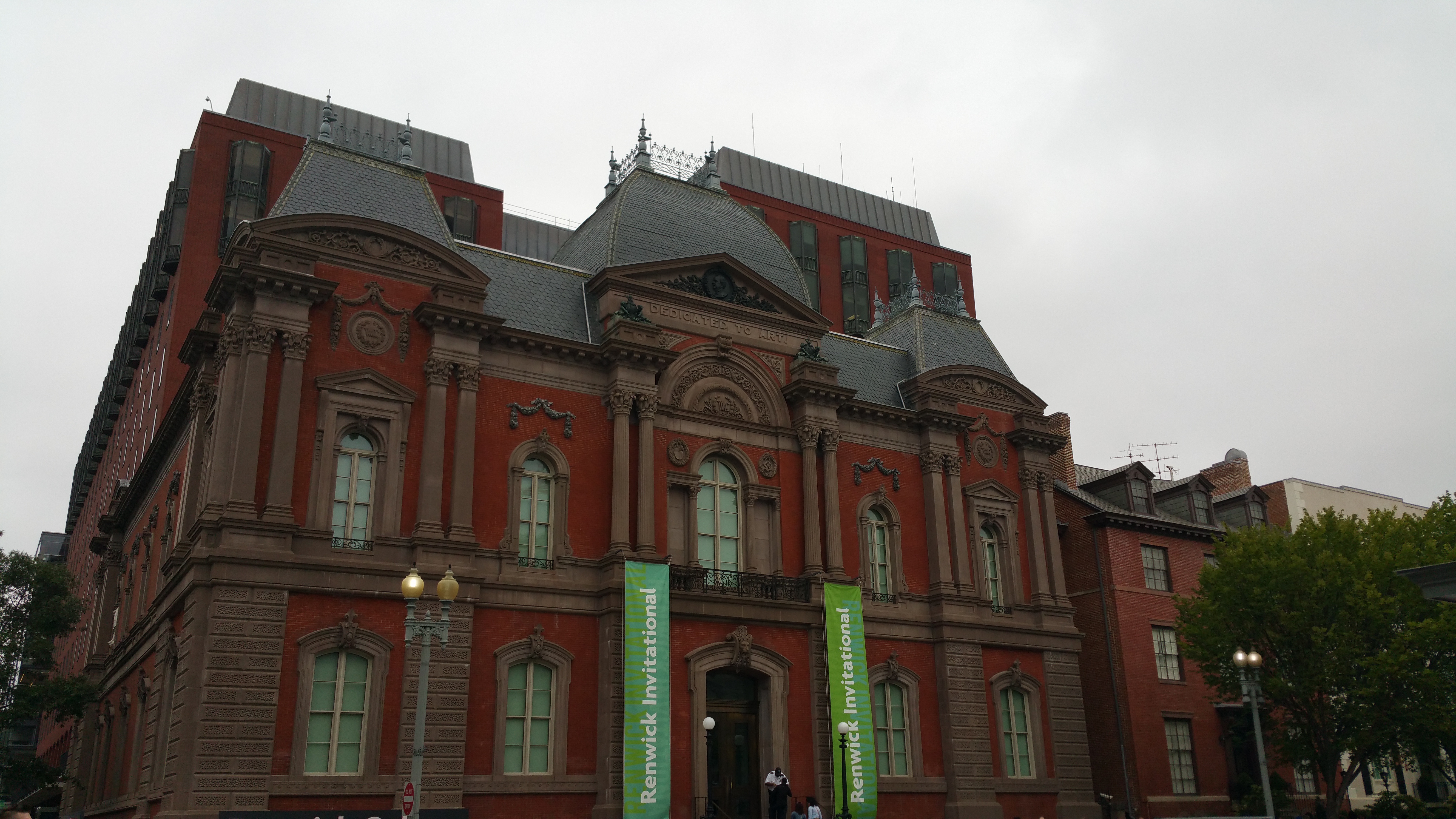
The Renwick Gallery- Washington, DC
Art and architecture go hand in hand at the Smithsonian’s Renwick Gallery. Fresh off a magnificent renovation, this small gallery set in a Second Empire beauty is all around impressive.
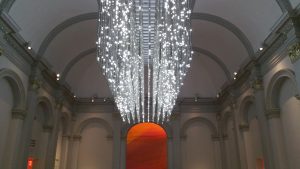
Completed in 1874, the building was both designed by and named after architect James Renwick, Jr. Renwick was born into a privileged and prominent New York City family in 1818. He attended Columbia University at age 12, graduating with an engineering degree. His heart, however, was in architecture. He won his first design competition at 25, and would later go on to design the Smithsonian’s iconic “Castle” building, as well St. Patrick’s Cathedral in New York City. All of this made him very attractive to William Corcoran, who commissioned him to build a palace worthy of showcasing his private art collection. The Renwick was to be the first purpose built art museum in America, but ultimately, that purpose would have to wait.
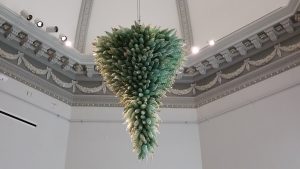
The building design dates back to 1859, and very much reflects the Second Empire style that was popular at that time in France. However, events that transpired during construction would significantly delay completion. By 1861 the exterior had been finished, but the shots fired on Fort Sumter in April significantly altered the course of history for both America and The Renwick. Located practically adjacent to the White House on Pennsylvania Avenue, the incomplete building was commandeered by the Union Army for use as a supply depot during the Civil War. Hopefully the supplies were at least artfully arranged. The building was returned to Corcoran in 1869, and following several years of renovations, and a grand Washington Monument fundraiser, it finally opened as an art museum in 1874.
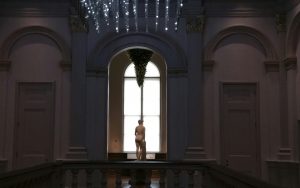
Ironically, by 1897, the collection outgrew the building; the art pieces were moved to a new space, and the Renwick became a U.S. Court of Claims. By 1956 the Court had also outgrown the space, and Congress proposed the building be razed. Fortunately Jacqueline Kennedy stepped in, and led a campaign to to save the Victorian beauty. She succeeded, as she usually did, and the building was turned over to the Smithsonian to once again be used as an art museum.
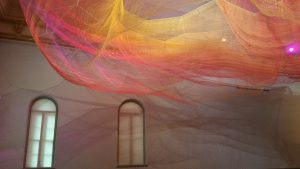
Following a 1969 renovation that restored the building to its original configuration, The Renwick was added to the National Register of Historic Places. It opened once again as an art gallery in 1972, housing the Smithsonian’s American Contemporary Craft and Decorative Art program. By 2013, the historic building was in need of further restoration and infrastructure improvements. A massive two year renovation ensued, and the results are magnificent. The historic moldings have been beautifully restored, the original vaulted ceiling uncovered, and the color palate updated, resulting in a contemporary space in a historic building. It is an absolutely perfect backdrop for the museum’s highly curated collection. It does not overshadow the collection, but it certainly compliments it.
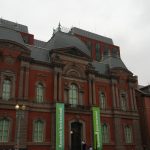





















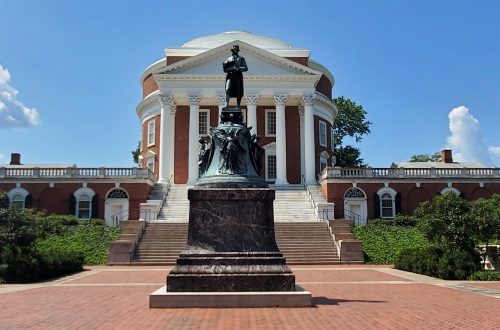
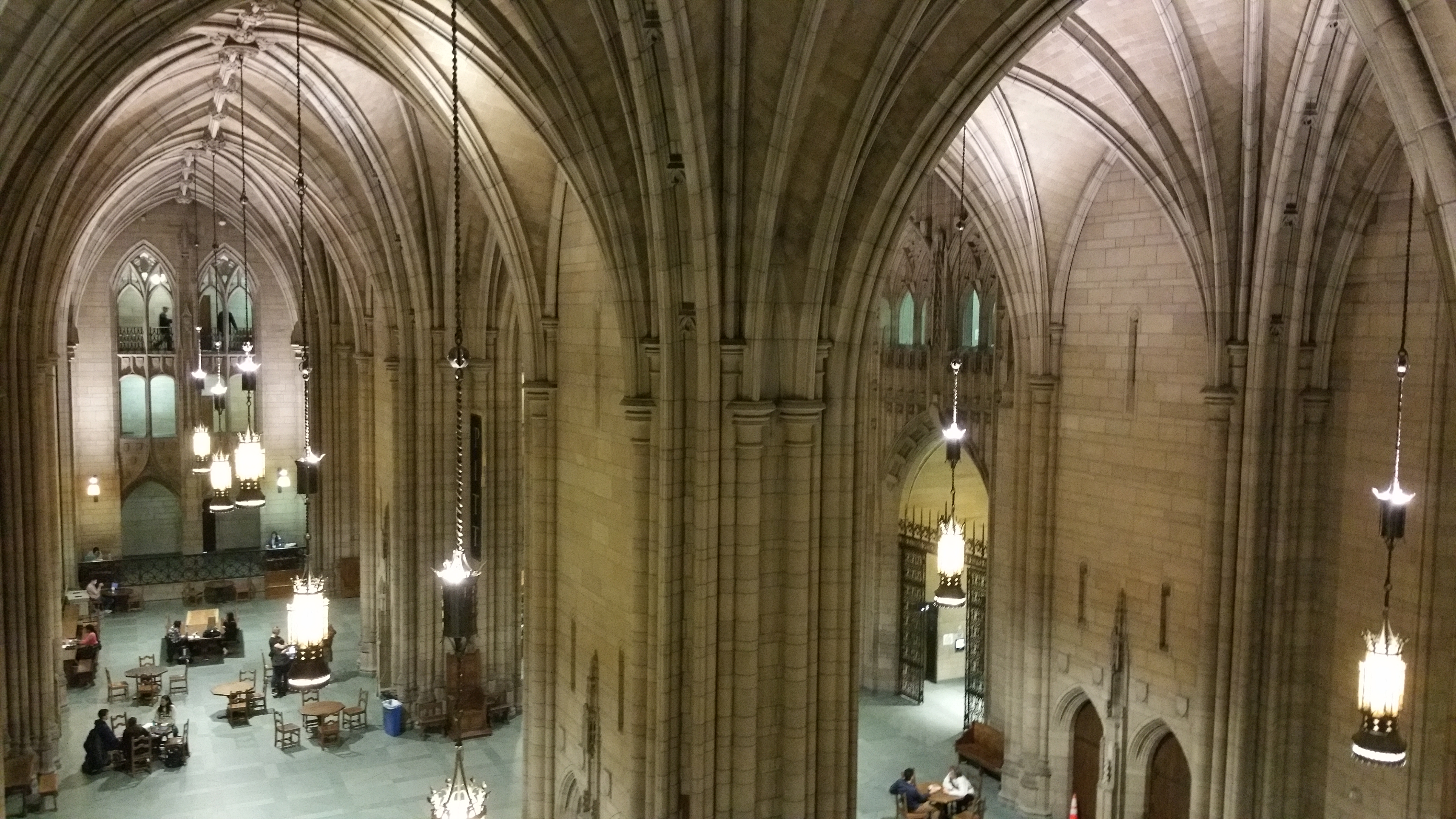
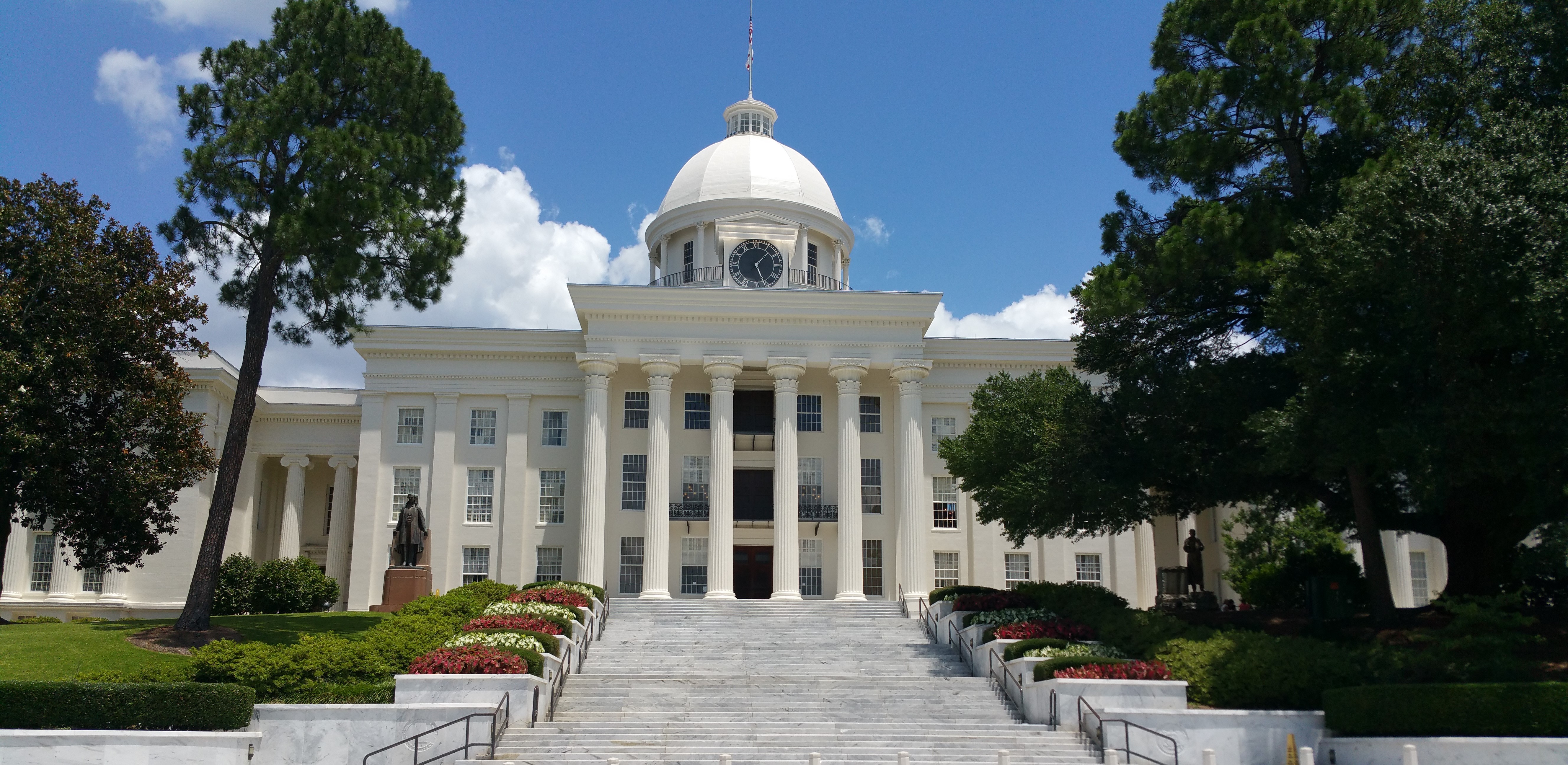
One Comment
Pingback: